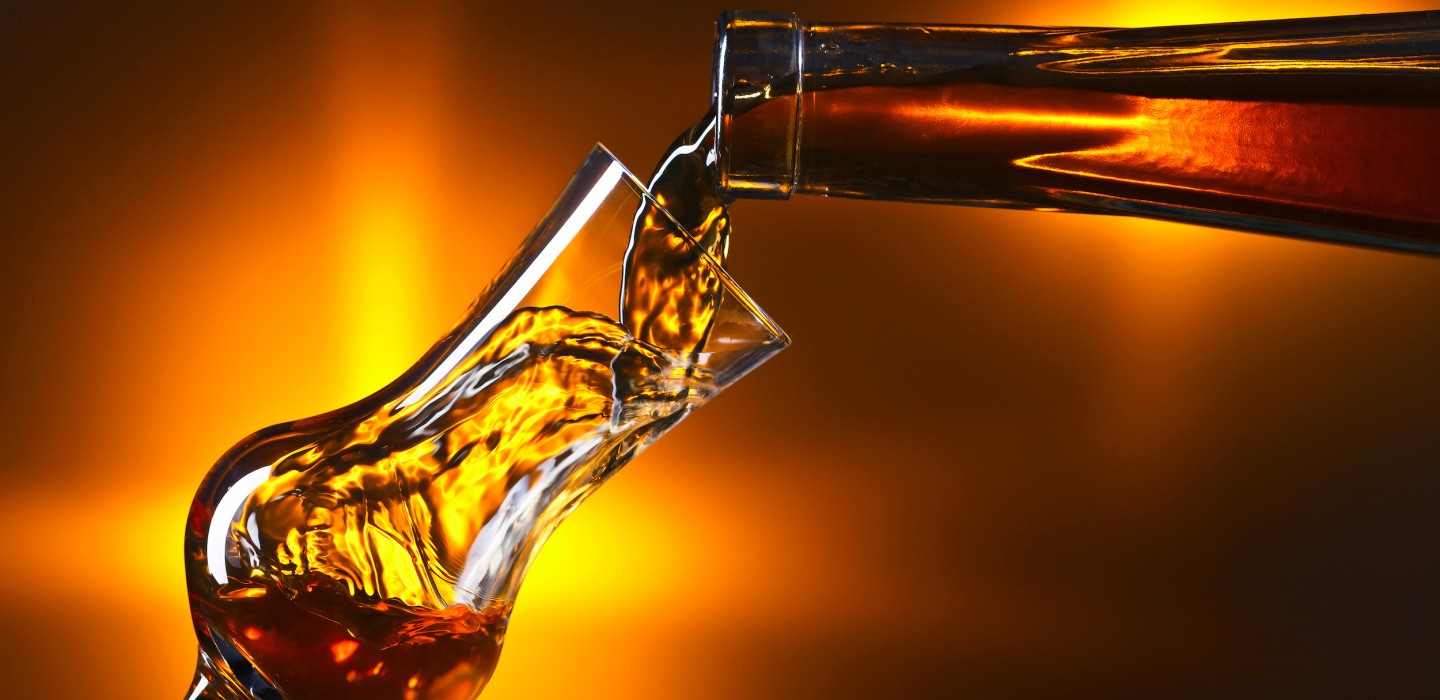The Correct Espresso Pressure for a Perfect Coffee Experience
Mastering the art of espresso making may seem daunting, but with the right pressure, it can unlock an exquisite world of flavor. The ideal espresso pressure can truly enhance the tasting experience, transforming a simple beverage into the perfect coffee bliss.
Understanding the Importance of Pressure in Espresso Making
When it comes to the espresso-making process, be mindful that pressure is not a mere detail but a decisive factor. Pressure is the result of a force acting upon a surface area, and similarly, this principle applies when brewing espresso. The espresso pressure is measured in bars, a unit of pressure equivalent to around 14.5 pounds per square inch (psi).
Where your regular drip coffee machines essentially let the flavor of coffee reveal itself through the deliberate slow dripping, brewing espresso puts pressure into the spotlight. Whether you’re using an espresso machine, a regular coffee machine, or a filter holder, the pressure is essential for amplifying the taste and sensory pleasure. The picturesque hissing sound of the espresso machine combined with the tantalizing scent of freshly brewed drink pulsating throughout the room is a sight to behold and a treat for coffee aficionados.
The Ideal Pressure and Its Effects
Striking the perfect balance with espresso pressure is paramount as it can significantly impact the beverage's quality. Too little pressure can lead to a diluted flavor profile, incompletely unleashing the espresso's aroma. An under-extracted espresso can be identified through its pale color and a notably thin layer of crema on top, indicating that the brewing pressure was too low.
Conversely, choosing a pressure that’s too high can distill a very dark espresso with a notably bitter taste. If your espresso fails to yield any extraction, it is generally due to an overly high coffee machine pressure.
The Act of Brewing: Espresso Under Pressure
Remarkably, preparing espresso via a portafilter machine is only possible with the use of pressure. Heated water and steam are forced through the coffee grounds at a high pressure, known technically as the brewing pressure or steam pressure. This method, also implemented by automatic and pad machines, extracts a substantial amount of flavor compounds from the coffee grounds.
Another influential factor here is the coffee's grind size. Highly pulverized coffee can lead to over-extraction, resulting in a robust to significantly bitter tang. If the grind size is too coarse, on the hand, inadequate contact with the flavor compounds can lead to under-extraction, translating into a weak and slightly acidic taste.
The Optimal Bar Pressure for Espresso Making
To achieve an absolutely delicious espresso, the water heated optimally between 88 and 94 degrees Celsius should flow through the coffee grounds at a pressure of 9 bar over the span of 30 seconds. Many models of coffee machines come with their pressure pre-set to these standards, including portafilter machines.
Some home espresso machines are pre-programmed to function at a higher pressure of 12 bar to generate a stunning layer of crema. You can judge the pressure of your coffee machine quickly by observing any given regulators on the machine or simply checking the espresso served in your cup. A perfectly brewed espresso should exhibit a deep brown color, a dense consistency, and a rich, light brown crema topping that's far from watery.
Creating the Right Pressure for an Espresso Machine
Most espresso machines operate on the principle of pressure, particularly the common portafilter machines. To prepare a splendid cup of espresso, you need to compress the coffee grounds inside the portafilter using a tamper, a technique referred to as tamping. Simultaneously, water in a boiler is brought to an optimal temperature. The machine's electric pump then propels this hot liquid to the brewing group and ultimately, through the coffee grounds.
Actively ensure an evenly distributed tamping. This homogenous resistance against the flowing water best brings out the flavor nuances of your exquisite espresso.
Repeat after us: the right pressure makes all the difference. As the aromas of your carefully brewed coffee envelop you and the first sip touches your soul, you'll realize this isn't simply about espresso - it's about the art of coffee making itself.



Leave a comment
This site is protected by hCaptcha and the hCaptcha Privacy Policy and Terms of Service apply.